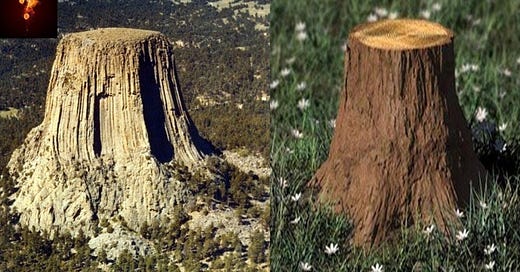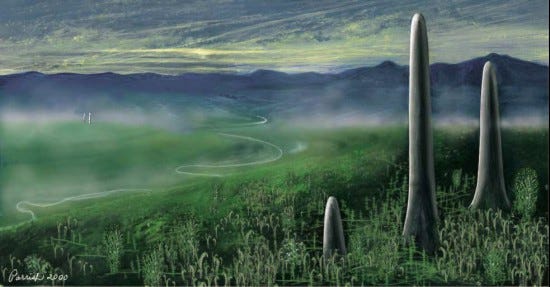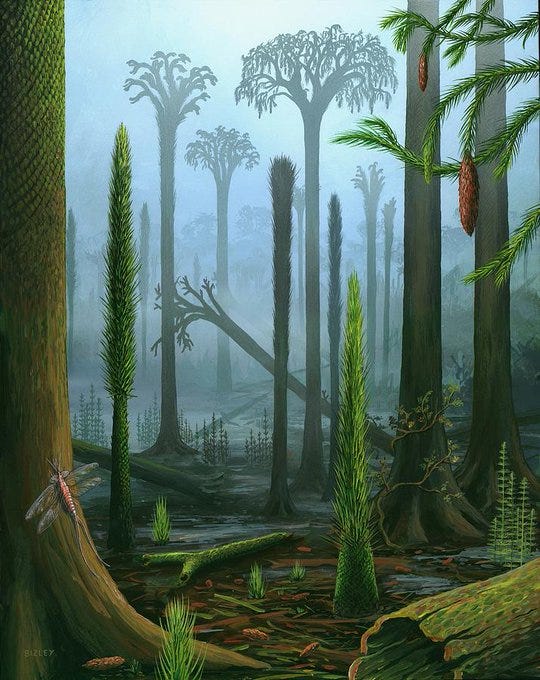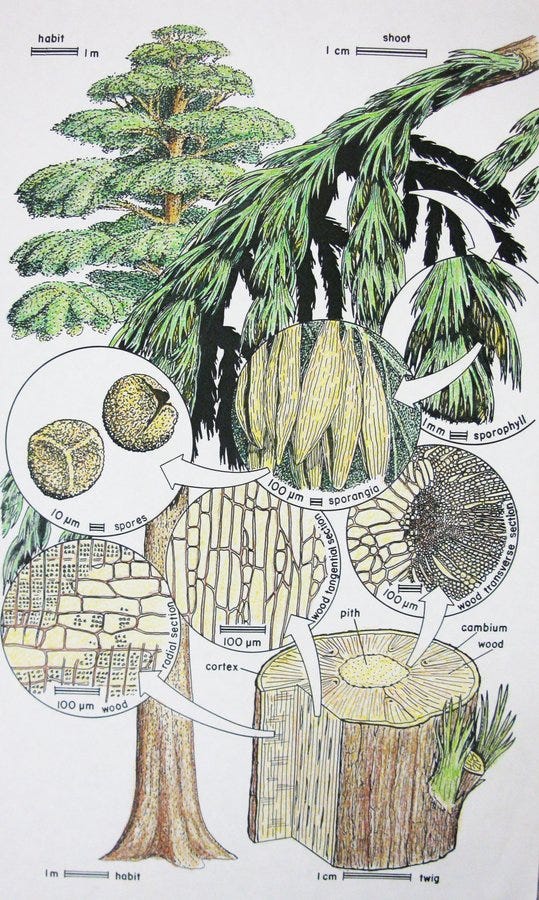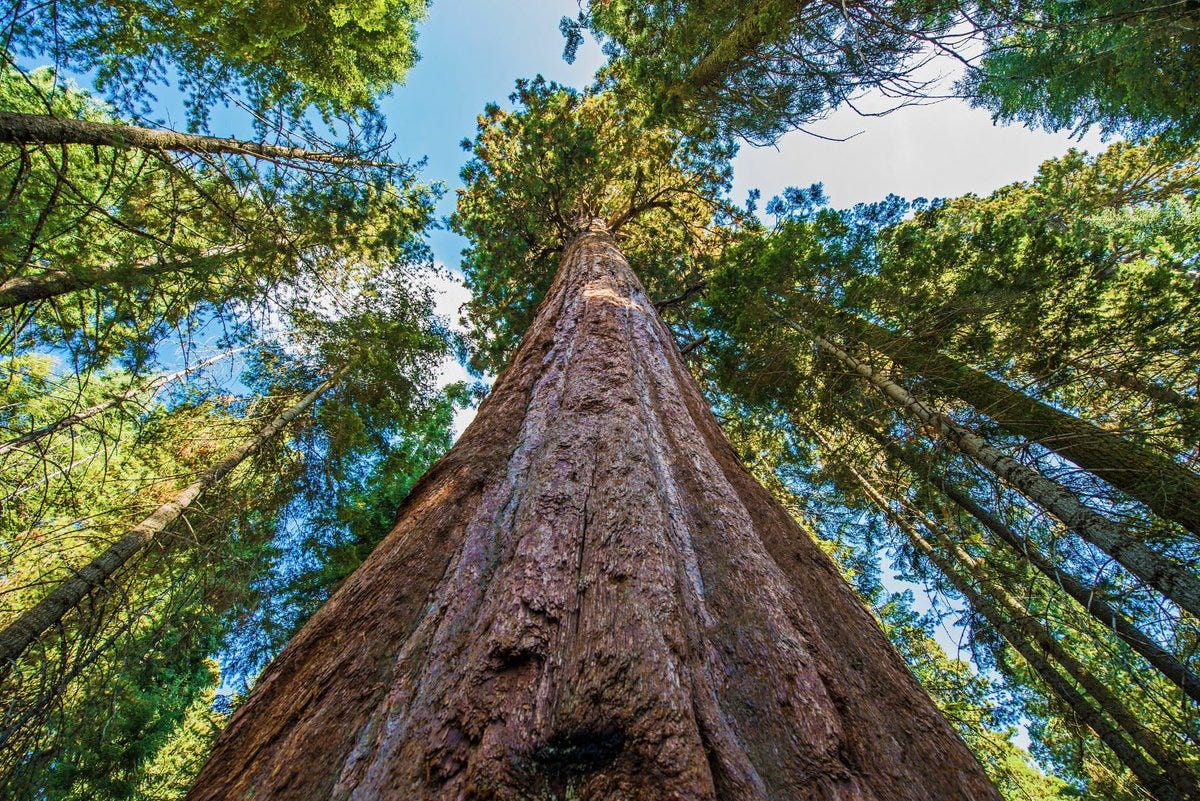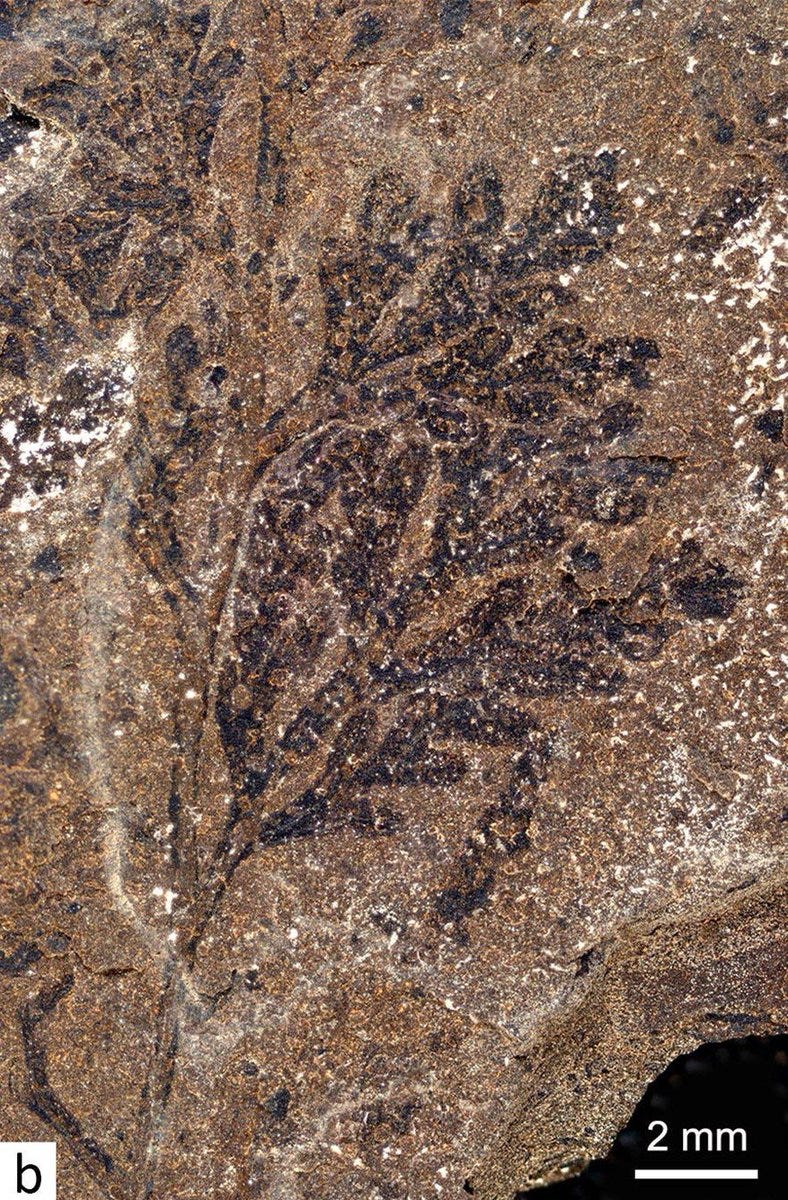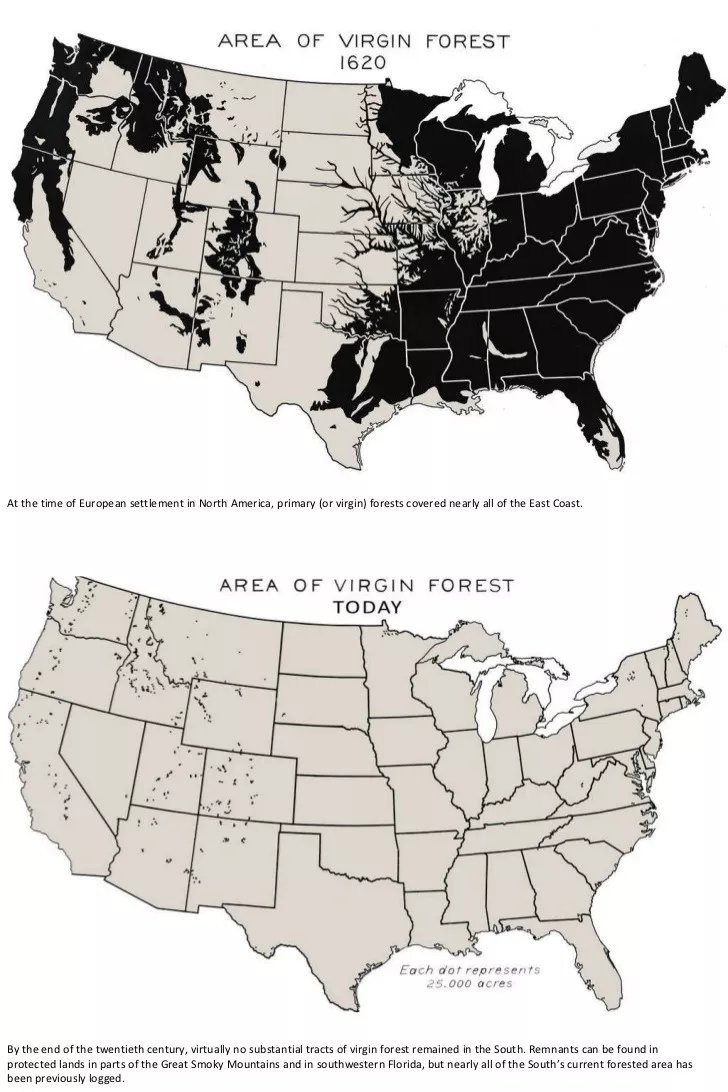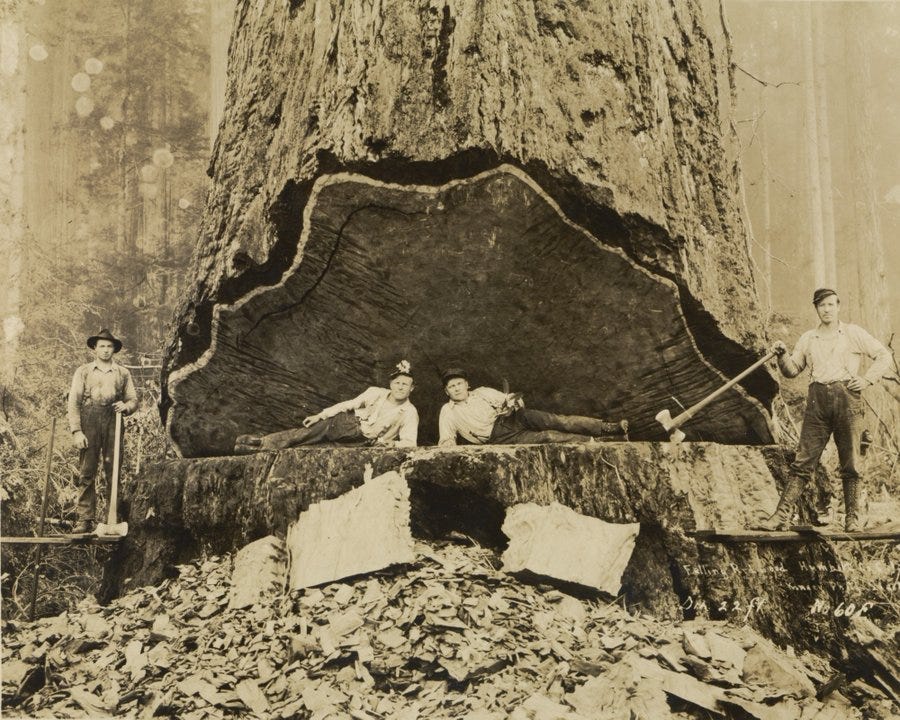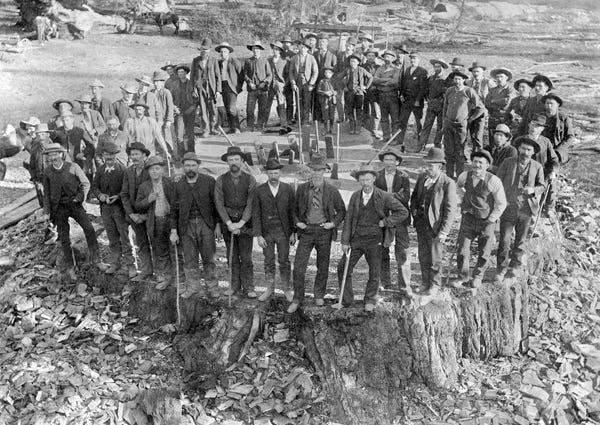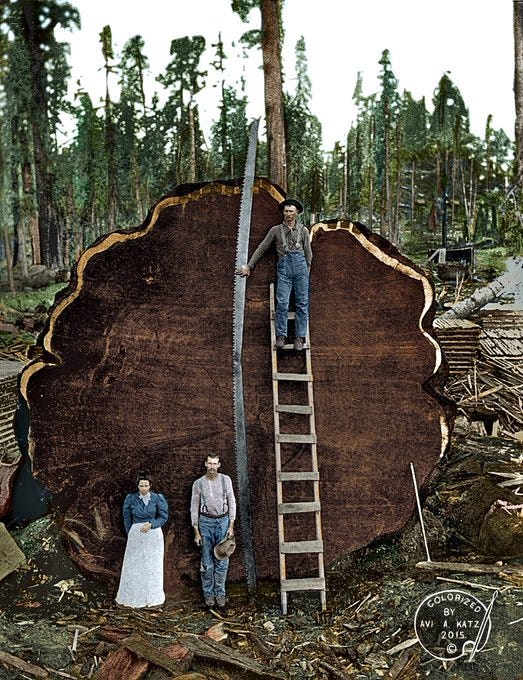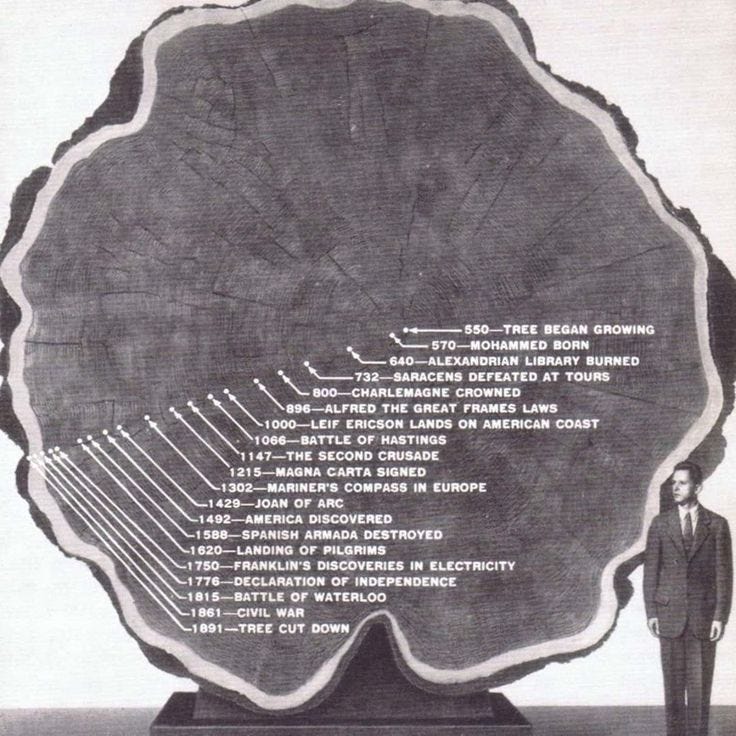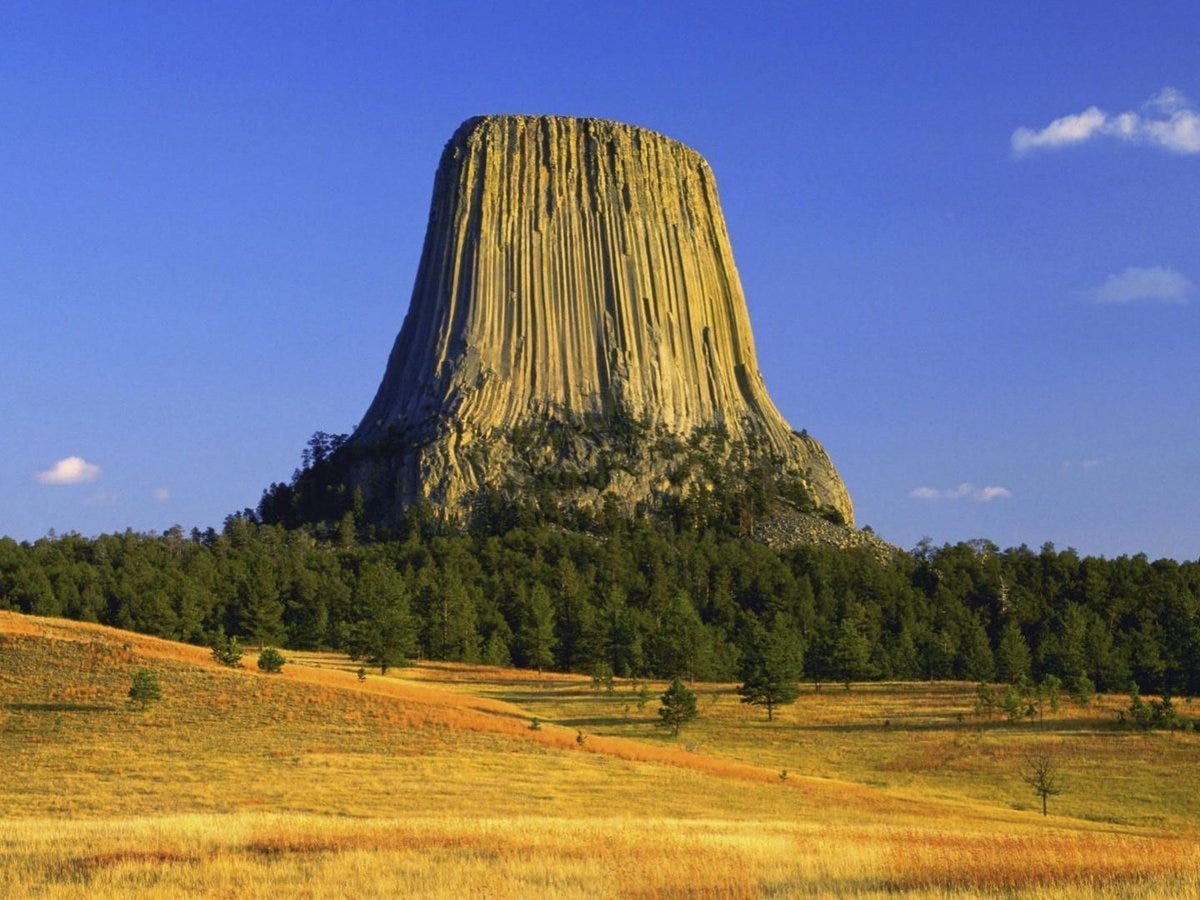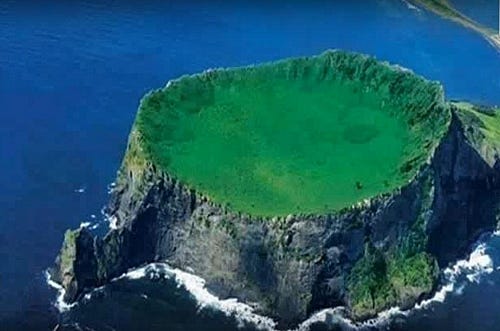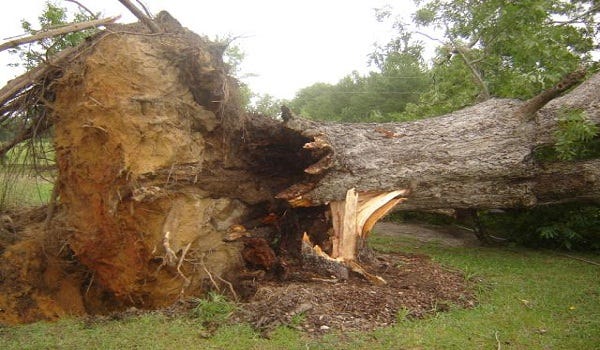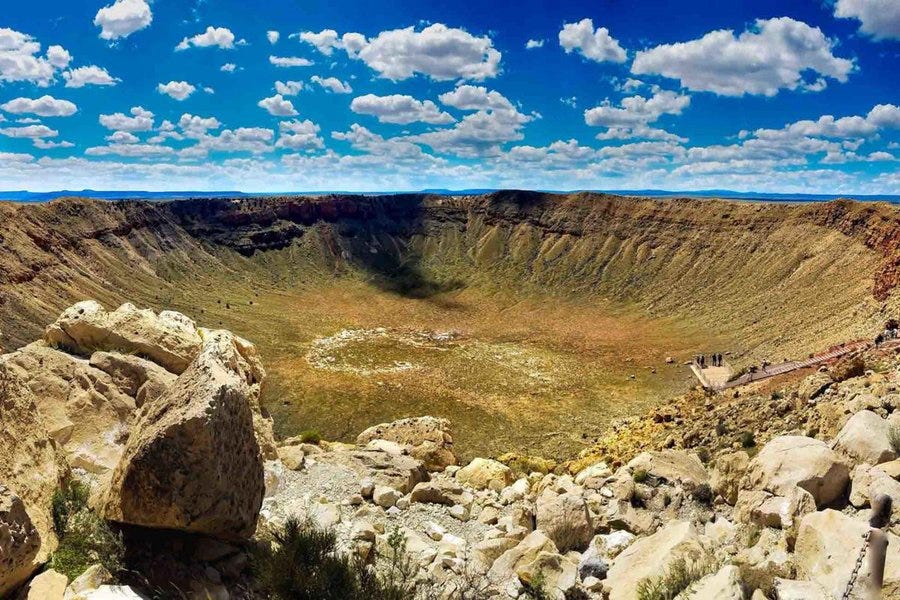Giant Prehistoric Trees: Fact or Fiction?
A brief history of trees and exploration of a popular conspiracy theory
*This is an archive of the thread originally posted November 21, 2021.
There is a popular “conspiracy theory” about some mountains being the stumps of prehistoric trees. While I personally believe this to be true based just on pure hope, here’s why giant prehistoric trees likely are very real:
Before modern “trees” were covering the earth, there were Prototaxites. These were giant fungus, possibly lichen, that grew to modern tree heights in the early Devonian period. Without natural predators, they were able to grow much larger than the fruiting fungus you see today.
The earliest known tree is the Wattieza, resembling the modern tree fern. It lived in the middle Devonian period and, like fungus, reproduced with spores. Spore-bearing trees (progymnosperms) found that they could grow tall and use wind to spread their spores. Artist rendering:
After some time, spore-bearing trees dominated much of the landscape. The taller they were, the greater chance the spores would have had to get picked up by wind. Two examples shown below are Lepidodendron (“scale trees”) that grew to 50m/160ft and Archaeopteris macilenta.
Araucariaceae is an extremely ancient family of coniferous trees, distributed worldwide during Jurassic/Cretaceous periods. Two now extinct species, A. arizonicum + A. mirabilis, *using modern estimations*, towered to 60m/200ft and 100m/330ft, respectively. Petrified mirabilis:
That 330ft figure is quite close to the current tallest tree, the coast redwood "Hyperion" (CA) which is estimated at around 380ft tall.
Current estimates say that the upper limit for tree height is around 420 feet. This estimate is due to numerous factors, some of which are hydrostatic pressure, water potential, leaf structure, photosynthetic potential, and soil conditions.
Tree height correlated to metrics:
Nearly all of these metrics could have been VASTLY different in previous geologic periods, considering how alien the prehistoric climate and ecology were.
Look through any paleobotany archive and find thousands upon thousands of extinct plants. These are mainly in the form of plant fossils. Fossilization can only occur under very specific circumstances - can you imagine the amount of tree species that were never fossilized?
Fast forward hundreds of millions of years, with countless plant species coming and going due to competition and adaptation to changing ecology -- what does it look like today?
Soil degradation and erosion due to industrialization and agriculture continues to limit the growth of current flora and fauna. Humans have also logged a vast majority of virgin forest, with only small strands remaining in protected areas.
Even as recent as the late 1800s to early 1900s, trees were much larger. Vintage logging photos show the sheer size of some old-growth trees. These trees could commonly be up to 10m/30ft in diameter and may have been a few thousand years old.
While that may seem like a long time, consider that without outside intervention, prehistoric trees likely lived MUCH longer than this. For many reasons, continuous growth at the organism level is an efficient means to prevent decay over time (in other words, old trees are lindy).
With few natural predators, a drastically different climate, no logging or anthropogenic soil erosion, and an alien ecosystem, trees of the past were likely far larger and far older than any that we can observe or even hypothesize today.
Devil's Tower loos like a giant tree stump:
With increasing demands for water at greater heights, these trees could have lived in water as well, like the modern day Bald Cypress:
So where did they go? While this all remains a mystery, one theory is large storms. Today, in our comparatively mild climate, storms can still decimate thousands of large trees. Consider the craters that would be left by giant uprooted trees in a much harsher environment...
Or maybe it was simply mass extinctions, or Godzilla, or ancient Nephilim, or Hyperborean giants with massive chainsaws, or…
Maybe someday, long after humans have wiped themselves off the face of the earth, these magnificent trees may reign supreme once more...
